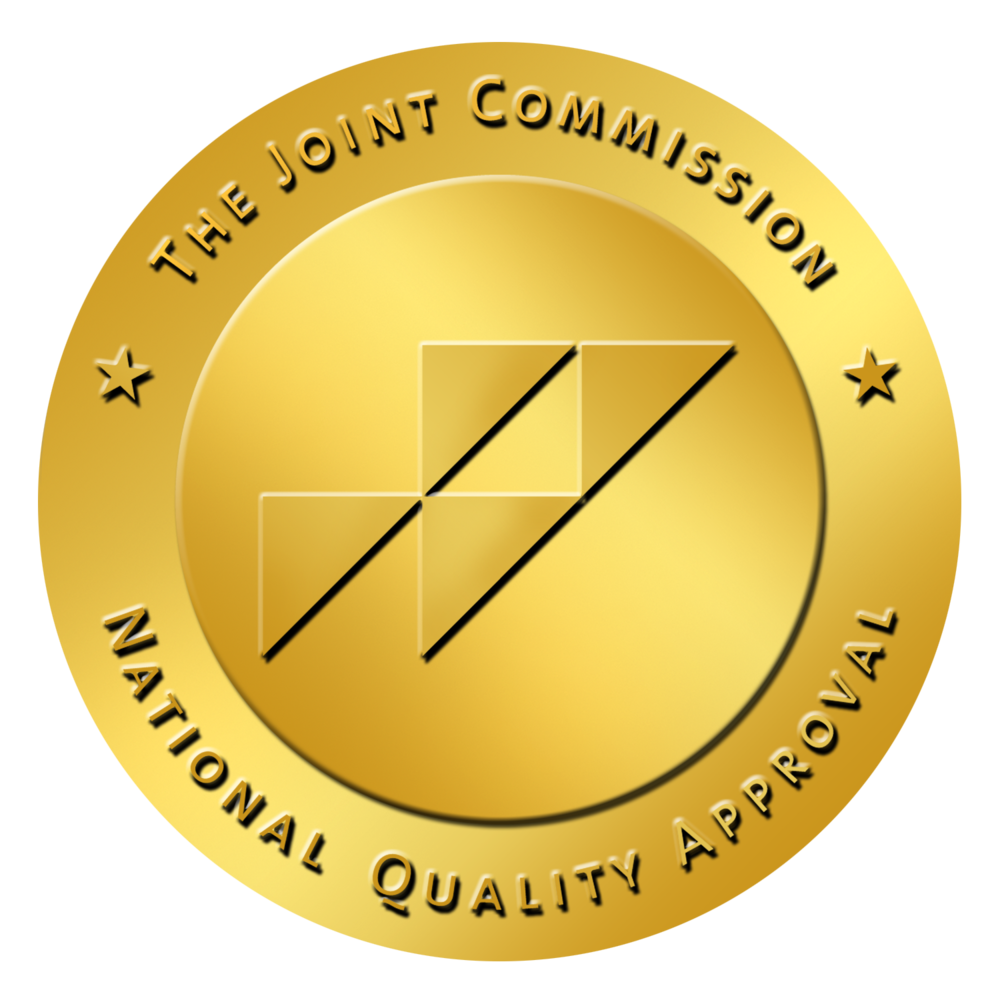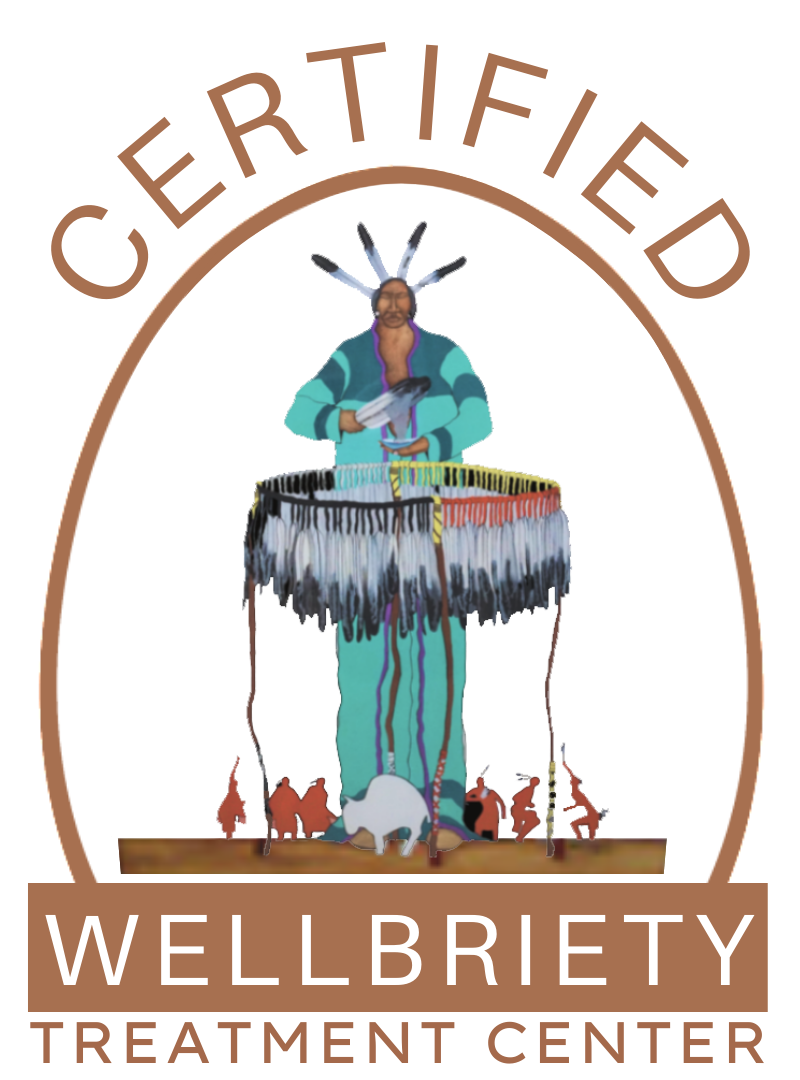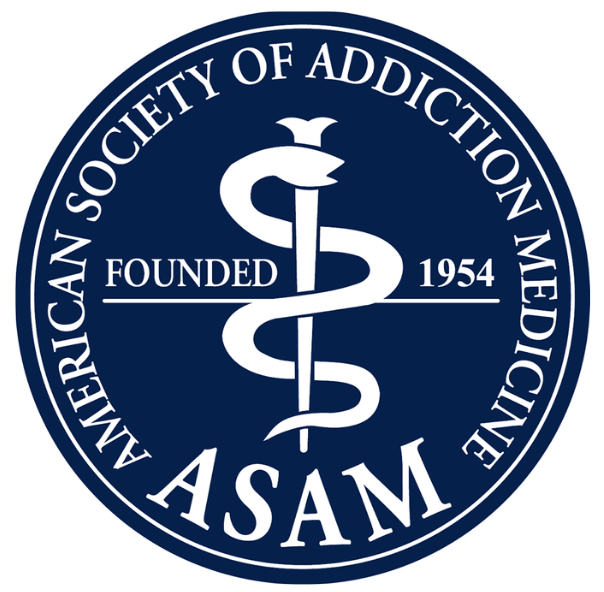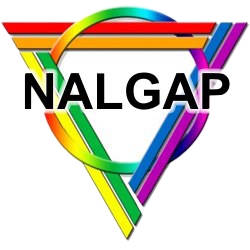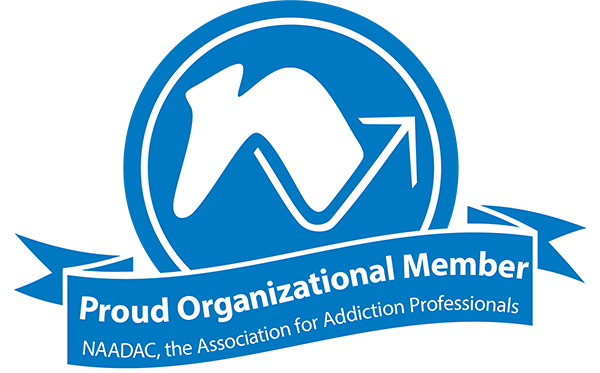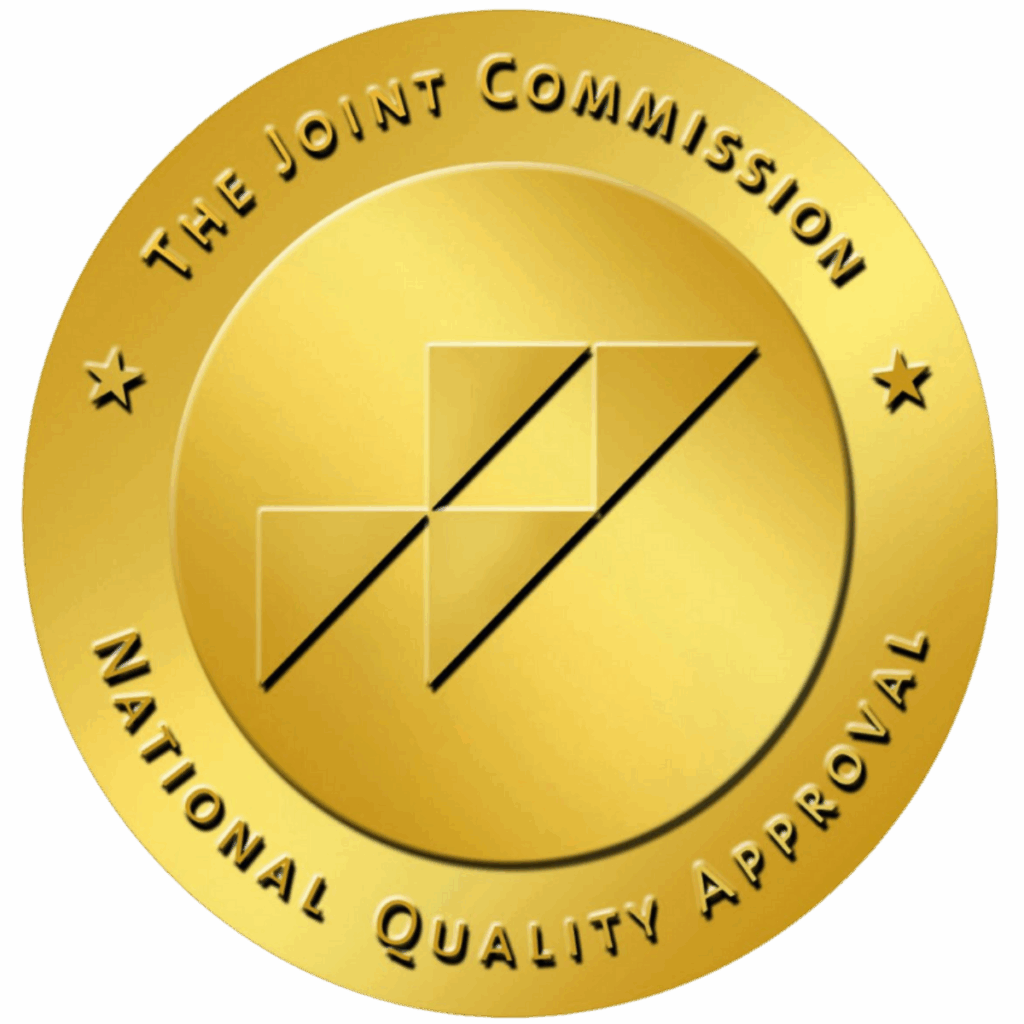The common image of drug addiction is a person living on the street using a dirty needle or smoking some homemade substance using a pipe made of foil. The reality is that much of drug addiction today takes place behind the closed doors of middle-class homes, using medication prescribed by a doctor. Prescription drug addiction is a quiet crisis that often is overshadowed by the more obvious consequences associated with illicit drug abuse, but the differences are mostly surface-level, as the dangers are just as severe.
What Is Prescription Drug Addiction?
Prescription drug addiction is a chronic, relapsing condition in which a person becomes physically and psychologically dependent on medications that are typically prescribed for legitimate medical reasons. According to the National Institute on Drug Abuse, the three most commonly abused prescription drug categories are opioids (oxycodone, hydrocodone, etc.), stimulants like Adderall and Ritalin, and tranquilizers such as Xanax.
While these drugs can be effective when used as directed, misuse—such as taking higher doses, using without a prescription, or combining with other substances—can lead to tolerance, dependence, and ultimately addiction. Over time, the brain’s chemistry is altered, making it difficult to function without the drug and increasing the risk of harmful consequences to health, relationships, and overall quality of life.
According to the Mayo Clinic, prescription drug misuse is a growing concern, as many cases of drug misuse begin with legitimate medications and can lead to serious consequences for prescription drug abusers.
What Prescription Drugs are Addictive?
Several types of prescription medications carry a high risk for misuse, dependence, and addiction—especially when taken in larger doses, more frequently than prescribed, or without a prescription at all. Below are the most commonly abused and addictive prescription drug categories and examples.
Opioids
Opioids are powerful pain relievers often prescribed after surgery or injury. They work by binding to opioid receptors in the brain and can cause euphoria, which makes them highly addictive. Long-term use can lead to physical dependence and overdose. The FDA states that addressing the ongoing opioid crisis is one of its highest priorities.
Codeine
Codeine is a weaker opioid often found in prescription cough syrups or mild pain medications. Despite its lower potency, it can still lead to dependence, especially when used recreationally or mixed with other substances.
Oxycodone (Xtampza ER, Oxaydo, Roxicodone)
Oxycodone is a strong opioid painkiller with a high potential for misuse. It’s commonly prescribed for moderate to severe pain and is often misused for its sedative and euphoric effects.
Hydrocodone (Vicodin, Lortab, Lorcet-HD, Hycodan, Vicoprofen)
Hydrocodone is one of the most frequently prescribed opioids in the U.S. and is commonly combined with acetaminophen or ibuprofen. Its widespread use has contributed significantly to the opioid epidemic.
Morphine (Arymo ER, MorphaBond ER, MS Contin)
Morphine is a potent opioid used to treat severe pain, especially in hospital settings. Like other opioids, it can cause physical dependence and withdrawal symptoms after prolonged use.
Tramadol (Ultram, ConZip)
Often considered a “weaker” opioid, tramadol still carries a risk of addiction. It’s used for moderate pain but can cause both physical dependence and withdrawal. People often buy tramadol online and become addicted to it, with Chris Kirkland being one famous example of tramadol addiction.
Fentanyl (Duragesic, Abstral, Subsys)
Fentanyl is an extremely powerful synthetic opioid—up to 100 times stronger than morphine. It’s often prescribed for severe pain, but illicit versions have contributed to a surge in fatal overdoses. Fentanyl is a leading contributor to opioid misuse and opioid use disorder.
Benzodiazepines - Xanax (Alprazolam), Valium (Diazepam), Ativan (Lorazepam)
Benzodiazepines are prescribed for anxiety, insomnia, and seizures. They slow down brain activity and can cause sedation and dependence. Long-term use or misuse can lead to tolerance, withdrawal, and overdose.
Stimulants - Adderall (Mixed Amphetamine Salts), Ritalin (Methylphenidate), Desoxyn (Methamphetamine)
Prescription stimulants are often prescribed for ADHD and narcolepsy. When misused, they can lead to increased heart rate, paranoia, and addiction due to their euphoric and energizing effects. Abuse of amphetamines like Adderall has been rapidly rising among young adults. Stimulant misuse is treatable with the right substance use disorders program.
Sleep Medications - Ambien (Zolpidem), Lunesta (Eszopiclone), Sonata (Zaleplon)
These “Z-drugs” are used to treat insomnia but can become habit-forming, especially when taken outside of prescribed limits. They affect the brain similarly to benzodiazepines and can cause dependence. Ambien in particular can lead to some interesting effects, including a sort of fugue state in which a person may do things without being conscious, nor remembering afterward.
Muscle Relaxants - Soma (Carisoprodol), chlorzoxazone, cyclobenzaprine, metaxalone, methocarbamol, and orphenadrine
Muscle relaxants are prescribed to relieve muscle spasms and pain, but some—especially Soma—have a high potential for abuse due to their sedative properties. They are sometimes combined with opioids or alcohol, increasing the risk of overdose.
Common Signs and Symptoms of Prescription Drug Addiction
Recognizing the signs of prescription drug addiction can be difficult—especially when medications were originally prescribed for a valid medical reason. Over time, misuse can lead to physical dependence and noticeable changes in behavior and mental health. Below are the most common indicators, grouped into physical, behavioral, and psychological categories.
Physical Signs of Prescription Drug Addiction:
- Drowsiness or sedation
- Slurred speech
- Bloodshot eyes or pinpoint pupils (especially with opioids)
- Changes in appetite or weight
- Nausea, vomiting, or constipation
- Unsteady movement or poor coordination
- Frequent headaches or unexplained pain
- Sleep disturbances (insomnia or excessive sleeping)
- Sudden decline in personal hygiene
Behavioral Signs of Prescription Drug Addiction:
- Taking higher doses than prescribed or running out of medication early
- “Doctor shopping” to get multiple prescriptions
- Lying about symptoms to obtain more medication
- Withdrawing from family, friends, or social activities
- Decline in work or school performance
- Secretive or suspicious behavior
- Stealing medication from others or forging prescriptions
- Mood swings or irritability when access to the drug is limited
- Loss of interest in previously enjoyed activities
Psychological Signs of Prescription Drug Addiction:
- Obsession with obtaining or using the drug
- Anxiety or panic when unable to take the medication
- Depression or emotional numbness
- Memory problems or confusion
- Paranoia or hallucinations (especially with stimulant or sedative abuse)
- Feeling unable to cope without the medication
- Denial of a problem despite obvious consequences
Looking through this list, try to recognize any of these warning signs in your loved ones or yourself. If they ring true to you, it may be time to consider seeking treatment for prescription drug addiction.
When Do You Need Prescription Drug Addiction Treatment?
You may need prescription drug addiction treatment when use begins to interfere with your daily life, responsibilities, relationships, or health. Even if the medication was originally prescribed for a legitimate reason, if you find yourself constantly craving it, you need to stop using it. Continued misuse can lead to dependence, making it difficult to stop without professional help.
Signs it’s time to seek treatment include:
- You take more than prescribed or feel unable to stop on your own
- You experience withdrawal symptoms when not using the drug
- You’ve tried to quit but relapsed
- You use the medication to cope with stress, anxiety, or trauma
- Your relationships, work, or physical health have suffered due to continuing to use the drug in question
For veterans, the risks can be especially high due to past trauma, chronic pain, or co-occurring mental health disorders. There’s often a stigma in among veterans and first-responders when it comes to seeking professional help but this is simply wrong — everyone needs help sometimes. Seeking treatment is not a sign of weakness—it’s a step toward regaining control of your life.
How Long Is Prescription Drug Addiction Treatment?
The length of treatment depends on several factors, including the type of drug used, the severity of addiction, and whether there are co-occurring disorders like PTSD or depression.
Typical timelines:
- Medical Detox: Five to ten days
- Residential/Inpatient Treatment: 30 to 90 days
- Outpatient or Aftercare Programs: Several weeks to several months
Recovery is not one-size-fits-all. Long-term support often leads to better outcomes, especially when treatment is customized to a veteran’s unique experiences and needs.
What Is Prescription Drug Addiction Treatment Like?
At a quality facility, treatment is compassionate, structured, and tailored to the individual. For veterans, this often includes trauma-informed care and support for co-occurring mental health conditions.
Key components may include:
- Medical Detox to manage withdrawal safely and comfortably
- Individual and Group Therapy using research-based methods like CBT and EMDR
- Medication-Assisted Treatment (MAT) when appropriate
- Peer Support and veteran-specific therapy groups
- Family Counseling to rebuild relationships and improve communication
- Life Skills Training to ease the transition back to civilian life
- Aftercare Planning for ongoing support post-treatment
Veterans may also benefit from alternative therapies like equine therapy, art therapy, or physical fitness programs designed to restore both body and mind.
Prescription Drug Addiction Treatment at Aliya Veterans
Drug addiction remains a growing public health concern, particularly in the context of the misuse of prescription drugs. According to the National Survey on Drug Use and Health, millions of people in the United States engage in the non-medical use of prescription medications each year. Prescription drugs are commonly used to manage legitimate health conditions, but when misused, they can lead to serious medical consequences, including overdose death. This is especially true for prescription opioids, sedatives and tranquilizers, and prescription stimulants—all of which affect the central nervous system (CNS) and can cause dangerous outcomes such as slow breathing, lowered body temperature, and irregular blood pressure.
At Aliya Veterans, we specialize in helping veterans overcome prescription drug addiction through compassionate, personalized care. Our team understands the challenges faced by those who have served—and we’re here to walk with you every step of the way.
Our veteran-specific program includes:
- 24/7 medically supervised detox
- Trauma-informed therapy tailored to military experiences
- Dual diagnosis treatment for conditions like PTSD, anxiety, and depression
- A brotherhood/sisterhood model of peer support
- Access to holistic and research-based care in a secure, respectful environment
Treatment for addiction to prescription drugs typically includes behavioral therapy, support from a health care provider, and sometimes medication-assisted treatment. Clinical research and clinical trials continue to explore effective interventions for those struggling with opioid abuse, stimulant abuse, and other forms of substance abuse. You served your country. Now let us serve you—by helping you reclaim your health, your freedom, and your future.
- Prescription Stimulants DrugFacts – NIDA
- Adderall Misuse Rising Among Young Adults – Johns Hopkins
- Amphetamine (Adderall) – NAMI
- Amphetamines – DEA
- Ritalin Fast Facts – NDIC
- Methylphenidate Abuse and Psychiatric Side Effects – PMC
- Methylphenidate or Dexmethylphenidate (Concerta, Ritalin and others) – NAMI
- METHYLPHENIDATE (Trade Names: Ritalin- (IR, LA, and SR), Concerta, Metadate- (CD and ER), Methylin – DEA
- Prescription CNS Depressants DrugFacts – NIDA
- Prescription Opioids DrugFacts – NIDA
- Prescription Opioids and Heroin Research Report: Introduction – NIDA
- Opioid Medications – FDA
- Chris Kirkland: ‘I was taking 2,500mg of Tramadol a day. I had it in my goalie bag on the pitch’ – The Athletic

